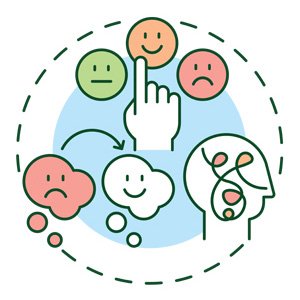LEARNING DISORDER ISSUES
Many children may struggle in school with some topics or skills from time to time. When children try hard and still struggle with a specific set of skills over time, it could be a sign of a learning disorder. Having a learning disorder means that a child has difficulty in one or more areas of learning, even when overall intelligence or motivation is not affected.
Children with learning disorders may feel frustrated that they cannot master a subject despite trying hard, and may act out, act helpless, or withdraw. Learning disorders can also be present with emotional or behavioral disorders, such as attention-deficit/hyperactivity disorder (ADHD), or anxiety. The combination of problems can make it particularly hard for a child to succeed in school. Properly diagnosing each disorder is crucial, so that the child can get the right kind of help for each.
Treatment Process
Since diagnosing a learning disability isn’t always easy, don’t assume you know what your child’s problem is, even if the symptoms seem clear. It’s important to have your child tested and evaluated by a qualified professional. That said, you should trust your instincts. If you think something is wrong, listen to your gut. If you feel that a teacher or doctor is minimizing your concerns, seek a second opinion. Don’t let anyone tell you to “wait and see” or “don’t worry about it” if you see your child struggling. Regardless of whether or not your child’s problems are due to a learning disability, intervention is needed. You can’t go wrong by looking into the issue and taking action.
Keep in mind that finding someone who can help may take some time and effort. Even experts mix up learning disabilities with ADHD and other behavioral problems sometimes. You may have to look around a bit or try more than one professional. In the meantime, try to be patient, and remember that you won’t always get clear answers. Try not to get too caught up in trying to determine the label for your child’s disorder. Leave that to the professionals. Focus instead on steps you can take to support your child and address their symptoms in practical ways.



























